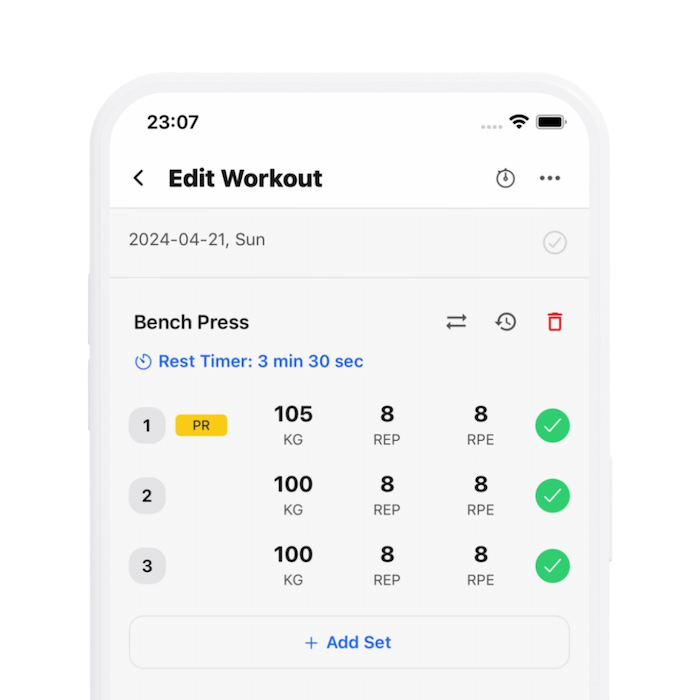30 Seconds SummaryAdding nuance to the relationship between energy density and calorie intake
- Energy density measures the calorie content per gram of food; low-density foods like watermelon have fewer calories per gram compared to high-density foods like olive oil.
- Consuming low energy density foods can promote satiety and assist with managing hunger, thereby supporting weight loss goals.
- Experimental scenarios suggest that despite consuming larger quantities of low-density foods, overall calorie intake may still be lower compared to smaller quantities of high-density foods.
- Research indicates that below a certain energy density, food volume is the key signal for satiety, while above this threshold, calorie content drives satiation.
- A two-component model suggests that meal size decisions are influenced both by the physical volume and the caloric content of food, depending on energy density.
- Practically, aiming for foods or meals below approximately 1.75 kcal/g can aid in hunger management during weight loss by emphasizing food volume as a satiation cue.
- Adjusting meal-level energy density is a strategic approach that can be combined with other dietary techniques to enhance satiety and manage calorie intake effectively.
Stronger By Science
Eric Trexler
